Presentations
Presentations were made throughout the thesis writing process, from 2007 to 2010:
GLOBAL ART PROJECT: SCOTT EXTREME ADVENTURE PRODUCT SERIES 2011 ANTARCTICA: MUSIC, SOUNDS, CULTURAL CONNECTIONS 2011 EMBODIMENT, INTERSUBJECTIVITY, PSYCHOPATHOLOGY 2010 UTS: SYDNEY INTERNATIONAL ANIMATION FESTIVAL 2010 ANTARCTIC VISIONS 2010 THINK CLIMATE 2010 POLAR PALOOZA 2009 GLOBEC 2008 SUR POLAR 2008 IMAGINING ANTARCTICA 2008 SEED DANCE 2007 ADAJIO 2007 ANIMATED DIALOGUES 2007 HOBART MIDWINTER FESTIVAL 2007 CHANGING NATURE 2006 JUST*ICE 2006 ICEMELT 2004 IMPRESSIONS OF ANTARCTICA 2003
GLOBAL ART PROJECT: SCOTT EXTREME ADVENTURE PRODUCT SERIES 2011
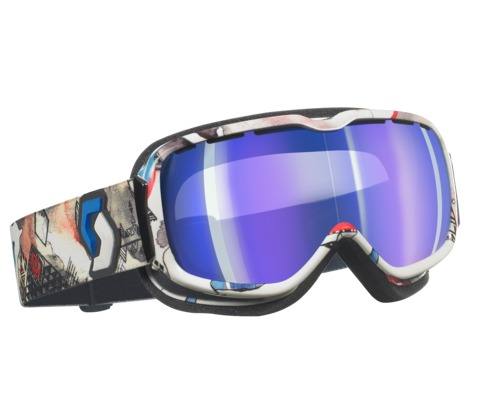
Inspired by the traditional chain letter, this project involved the global art community through collaboration. Seven artists were selected to represent the seven different continents of the globe. The artwork began in North america before travelling around the world. Each artist added onto the work of the previous artist to achieve one finished product. The contributing artists: Lloyd Winter, Gringo, Jason Peter De Villiers, Miss Led, Shadow Chen, Chelsey Freyta, Lisa Roberts [representing Antarctica]. Model number 220418
Alpine Accessories: Scott Artist Fix goggle
ANTARCTICA: MUSIC, SOUNDS, CULTURAL CONNECTIONS 2011
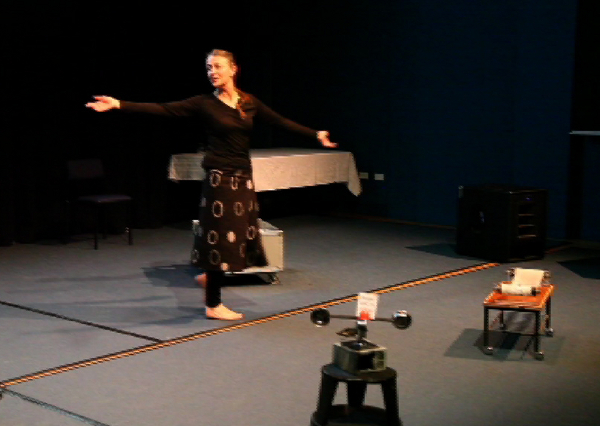
KRILL LOOKS AND FEELERS:
Expanding perceptions of climate change data
SEE: THEATRICAL PRESENTATIONby Daniela Giorgiand Lisa Roberts adapted from the academic paper co-authored by Lisa and Steve Nicol:
Krill looks and feelers: a dialogue on expanding perceptions of climate change data pub. The Polar Journal Volume 1, Issue 2, 2011, pages 251-264
2011 Krill Looks and Feelers:
Expanding perceptions of climate change data.
Lisa Roberts in the theatrical adaptation of the academic paper co-authored with scientist Steve Nicol (Polar Journal, 2011). Direction and co-presentation by Daniela Giorgi
Subtlenuance Theatre Company.
2011 Antarctica: Music, Sounds, Cultural Connections International conference, Australian National University, Canberra 27 - 29 June 2011
EMBODIMENT, INTERSUBJECTIVITY, PSYCHOPATHOLOGY
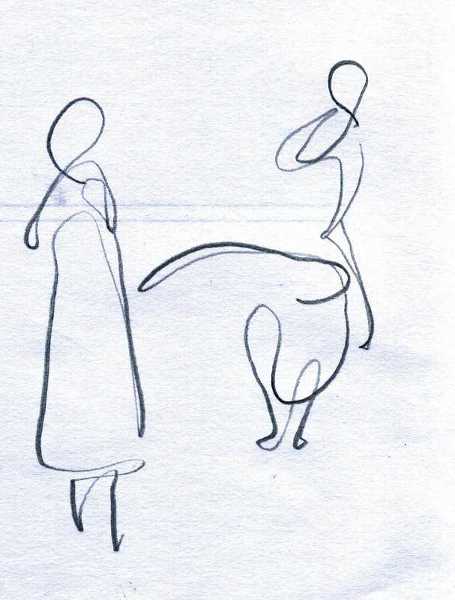
2008 Improvization#4-03, Pencil on paper, A4
2010 Embodiment, Intersubjectivity and Psychopathology International conference, University of Heidelberg, Germany 30 Sept - 2 Oct 2010
Drawings of dancers feature on a poster presented by Eva Tillberg to support her research in movement therapy.
UTS: SYDNEY INTERNATIONAL ANIMATION FESTIVAL 2010
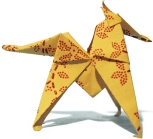
The animation Antarctic Energies is presented at the Sydney International Film Festival, hosted by the University of Technology, Sydney, 24-26 September 2010.
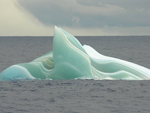
The animation Antarctic Energies is presented at the Antarctic Visions conference, Tasmanian School of Art, University of Tasmania, 22 June 2010.
The animation Antarctic Energies screens at Think Climate, ESP Gallery, Sydney, 7 July 2010. The event is convened by the artist Ingrid Dernee and sponsored by Climate Action Newtown (CAN)
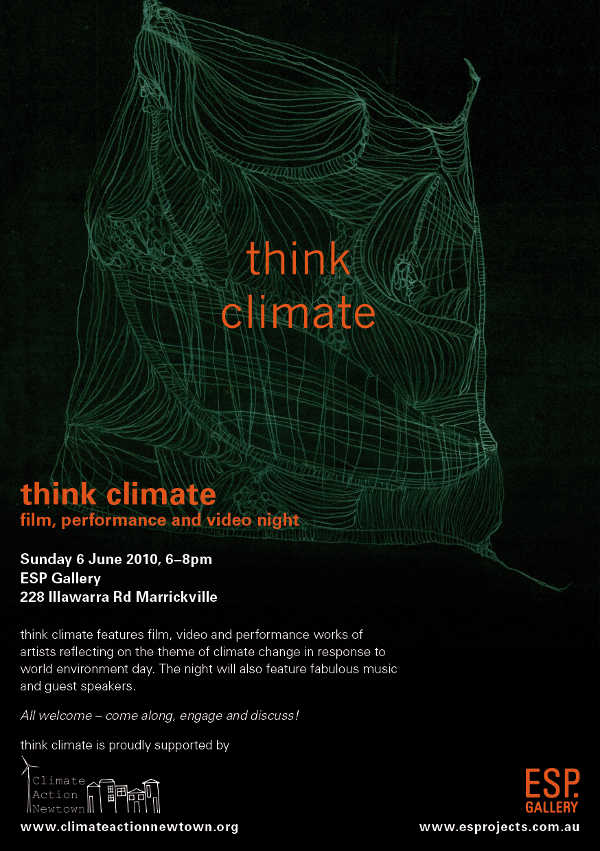
Polar Palooza, Australian tour, November 2009

The animation Antarctic Energies screens with scientific presentations at Polar Palooza.
Animals of the poles: Presented by Mike Castellini and Rob King. Mike is a seal scientist, penguin enthusiast and veteran of more than 15 expeditions to the Arctic and Antarctic. Rob is an expert on krill, the tiny but all-important base of the Antarctic food chain. Krill is food for penguins, seals and giant whales plus an indicator of the Southern Ocean's health.
Polar Palooza presentation notes
3rd GLOBEC Open Science Meeting, Victoria, Canada, 22-26 June 2009

The animation Energies is presented in the Workshop, Krill biology and ecology of the world oceans. See: PICES Newsletter).
Animations and art works are presented with Sur Polar in Beunos Aires (2008) and Mexico City (2008).
CURATOR: Andrea Juan, Museo de la Universidad Nacional de Tres de Febrero, Buenos Aires, Argentina.
PARTICIPATING ARTISTS: Philippe Boissonnet and Lorraine Beaulieu (Canada): Photography and object; Phil Dadson (New Zealand): Video installation; Karin Beaumont and Lisa Roberts (Australia): Objects, animation; Mireya Maso and Pamen Pereira (Spain): Photography and Drawing. Marina Curci (Argentina): Painting; Jorge Chikiar: Sound Installation; Adriana Groisman-Stefan Oliva (USA): Video; Marcelo Gurruchaga: Photography; Andrea Juan Argentina): Video Installation; Alberto Morales (Argentina): Painting; Jorge y Lucy Orta (Britain): Video. Essays by Annick Bureaud (France) and Nina Colosi (USA).

2009: Sur Polar: Arte en AntartidaTours
MUTEC Museum of Techology, Mexico City
L-R: Beaumont, Pereira, Roberts, Gurruchaga

2009: Sur Polar: Arte en AntartidaTours
MUTEC Museum of Techology, Mexico City
Video and animation installations:
Dadson, Groisman-Oliva, Orta, Roberts, Juan

2008: Sur Polar: Arte en Antartida
la Universidad Nacional de Tres de Febrero
Buenos Aires, Argentina.
Animations (2007-2008)

2008: Sur Polar: Arte en Antartida
la Universidad Nacional de Tres de Febrero
Buenos Aires, Argentina.
42 days in Antarctica Animation (2003)

2008: Sur Polar: Arte en Antartida
la Universidad Nacional de Tres de Febrero
Buenos Aires, Argentina.
Sea levels rising Objects (2007)


2008: Sur Polar: Arte en Antartida
la Universidad Nacional de Tres de Febrero
Buenos Aires, Argentina.
L: Phillipe Boissonnet with Nina Colosi
R: Installation with Lorraine Beaulieu

The animation Imagining a different view is screened at the conference Imagining Antarctica in September 2008 at the University of Canterbury, Christchurch, New Zealand.
Examining the Earth's southernmost continent from a cultural perspective will be on the agenda for those taking part in an Antarctic Conference being held at the University of Canterbury next month. The Imagining Antarctica Conference is being convened and hosted by Gateway Antarctica, UC's centre for Antarctic studies and research, in partnership with Massey University and the University of Tasmania.
Drawing on the arts, social sciences and humanities, the three-day conference from 4-6 September will focus attention on the ways we perceive and represent the frozen continent. It will be the first humanities-based Antarctic studies conference and will be followed in 2010 by another at the University of Tasmania in Hobart.
'For Gateway Antarctica and the University of Canterbury this conference on Antarctic arts complements the usual conferences we hold on Antarctic science,' said Gateway Antarctica Centre Manager and conference convenor Michelle Rogan-Finnemore . 'Our aim is to highlight the multi-disciplinary aspects of Antarctic research.'
Imagining Antarctica has been timed to coincide with The Press Christchurch Writers' Festival and a number of the conference's keynote addresses will be delivered by international writers also in town to speak at the literary event.
One of these is English writer Francis Spufford, the author of I May Be Some Time: Ice and the English imagination, a seminal and award-winning cultural history of the British obsession with polar exploring. He will open the conference with a talk looking at the roles for the southern continent in twentieth century culture.
Another highlight of the conference will be the public talk by author and broadcaster Vanessa Collingridge on the evening of Thursday 4 September (the opening session of the writers' festival). She will focus on her acclaimed biography of eighteenth century explorer Captain James Cook, which was made into a prize-winning documentary series Captain Cook: Obsession and Discovery which aired on Prime in New Zealand earlier this year.
The third keynote speaker at the conference is American Dr Elena Glasberg from Princeton University whose dissertation on 'Antarcticas of the Imagination' led to a life-long academic interest in Antarctica, studied from a number of perspectives including postcolonial studies and geopolitics, feminism, law and science.
Home-grown talent included in the line-up of speakers includes poet and creative writing lecturer Professor Bill Manhire, poet and playwright Bernadette Hall and photographer Ann Noble.
University of Canterbury Publications and Development

2007: Bathurst Regional Art Gallery NSW
Animated Seeds, Installation
Christine McMillan
I perform with the artist Christine McMillan as part of her installation, Animated Seeds.

2007: Adagio Gallery Sydney
Iceberg#03 Etched Perspex
Words by Aidan Davies
In response to watching the animation, Ice Sound, high school student Aidan Davis writes a poem, Iceberg. I engrave his poem into recycled sheets of Perspex.
I present my proposal to research Antarctic Animation:
The aim of this research is first to collect evidence of what the scientists, and others who have worked in Antarctica, have observed and responded to in the landscape; second to devise an on-line animated interface through which to engage viewers with both the science and poetics of the data. Animation will be used to increase understanding of changes in Antarctic landscape as identified in the records provided by Antarctic workers - the people who have studied it, and physically endured a full year of its changing landscape.
Lisa Roberts Animated Dialogues 2007 Conference Programme p. 28
The Animated Dialogues conference was hosted by Monash University and the Victorian College of the Arts.
Animated Dialogues brings together scholars from a range of disciplines whose work brings critical perspectives to bear on animation industries, texts and audiences. This event offers a rare opportunity for academics and other professionals from Australia and overseas to network and share their viewpoints on a wide array of animation topics shaped by their cross-disciplinary interests related to the study of animation.
Conference programme notes, June 2007
HOBART MIDWINTER FESTIVAL 2007

2007: Antarctic Midwinter Festival Hobart
42 days in Antarctica Animation (2003)
Foundation work




2006: Changing Nature Sydney
Kyoto berg Etched Perspex (2004)
The 'Changing Nature' exhibition explores the profound changes being imposed on global and local natural places by climate change and technology. It invites considerations of the symbolic place of nature in our lives, how we shape our environment and how it shapes us? What does it mean to be human in a world where genetic engineering and nanotechnology are set to reshape our world gene by gene, atom by atom? What are the implications of humans changing the climate and altering the cycles of nature upon which life depends?
Changing Nature Program notes, 2006



2004: Icemelt Mura Clay Gallery, Sydney
Drawings, paintings, objects, and the animation, Imagining a different view
Lisa Roberts (L), Hon Dr Sharman Stone, Parliamentary Secretary responsible for the Antarctic (R)
A key idea emerges from reviewing Imagining a Different View:
Sharing insights with expeditioners can validate feelings about Antarctica, and expand this sense to include scientific understandings.
IMPRESSIONS OF ANTARCTICA 2003
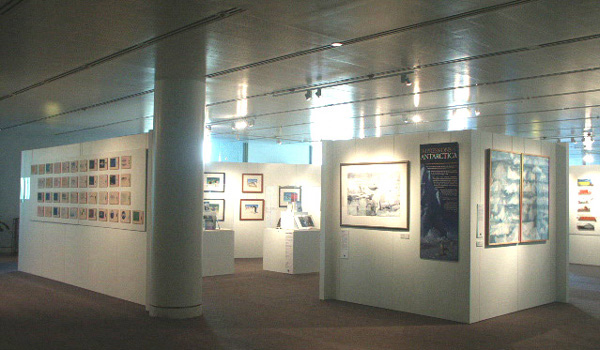
2003: Impressions of Antarctica
Presiding Officer's Exhibition Area
Parliament House, Canberra
42 days in Antarctica Digital prints (2003)
A mixed exhibition featuring the works of participants in the Australian Antarctic Division Humanities Program. Glimpse Antarctica afresh through the eyes of this vast array of talented people and share their impressions. Experience the profound effect that Antarctica has had on their lives.
Jenny Whitaker, Antarctic Arts Fellowship co-ordinator, Australian Antarctic Division, 2003
Lisa travelled to Antarctica on the RSV Aurora Australis in February 2002, visiting Davis and Mawson stations. She kept a journal "gathering material with which to convey something of the experience", which has become a wellspring for the production of drawings, paintings, photographs, an animated interactive CDROM and other more eclectic works.
Cathy Bruce, Antarctic Arts Fellowship co-ordinator, Australian Antarctic Division, 2004

2002: Roget's Circular The Academy Gallery, University of Tasmania, Launceston, Tasmania
Drawing, painting, digital prints, interactive animation. Lisa Roberts (L) and Melissa Smith (R)
Roget's Circular (Roget) is an interactive animated work that combines the responses that two artists made to places in Australia and Europe. Media elements including images, words, sounds, and animations, were developed in collaboration with Melissa Smith. Roget was exhibited as a touch screen installation in a suitcase, surrounded by drawings, paintings and other objects that were made as it was developed.
Four main ideas emerged from reviewing Roget's Circular:
1. That my European forebears represented environments as static landscapes provoked the idea that animation could be used to convey an experience of moving through them.
2. Because people who have worked in Antarctica describe it as possibly the most dynamic and elemental environment, an sense of being there may be described through simple gestures and line drawings that reflect their knowledge.
3. Digital animations can be arranged on interfaces with art works and written texts to represent the same environment from different perspectives.
4. In Roget, artistic responses of two women were combined to describe some environments around some easily accessible places. To describe Antarctica, the most inaccessible continent, would require access to the knowledge of people who have observed and experienced it. Ways of working with more than one person would be needed to gather and record how people describe their knowledge of Antarctica.

Roget's Circular is a unique multimedia work ...
Created by two artists, it draws on the Australian landscape, and on imagination, memory and family history.
Susan Butler, Editor, Macquarie Dictionary, 2002


2001: Roget's Circular
Gallery 101, Melbourne
Drawing, painting, digital prints, interactive animation

1998: Terra Incognita
Installation (detail), Gallery 101, Melbourne, 1998. Drawings, paintings, interactive animation

Site map for Terra Incognita. Coded by Ruth Luxford, 1997
Terra Incognita is an interactive animated work that reflects the creative process of Australian writer, Carmel Bird. Its maze-like site map was conceived as a visual display of the serendipitous nature of her creative process. This structure displays media elements in a way that suggested chance encounters.
A sense of chance encounters, with people and places, was replicated in Antarctic Animation by arranging texts on screens in different combinations.


1996: Moving Pictures
Snakepit Gallery, Launceston, Tasmania
Drawings, paintings, animation: Beware of Pedestrians 1995
The animation, Beware of Pedestrians, was conceived as an animated improvised dance. Its aim was to explore the expressive potential of human gesture through the medium of animation. A digital human form was made for manipulating gestures. Its design was adapted from a model which was developed for use in osteopathy, to observe lines of force as they move through the body (Parsons and Marcer, 2006, Illus.).








